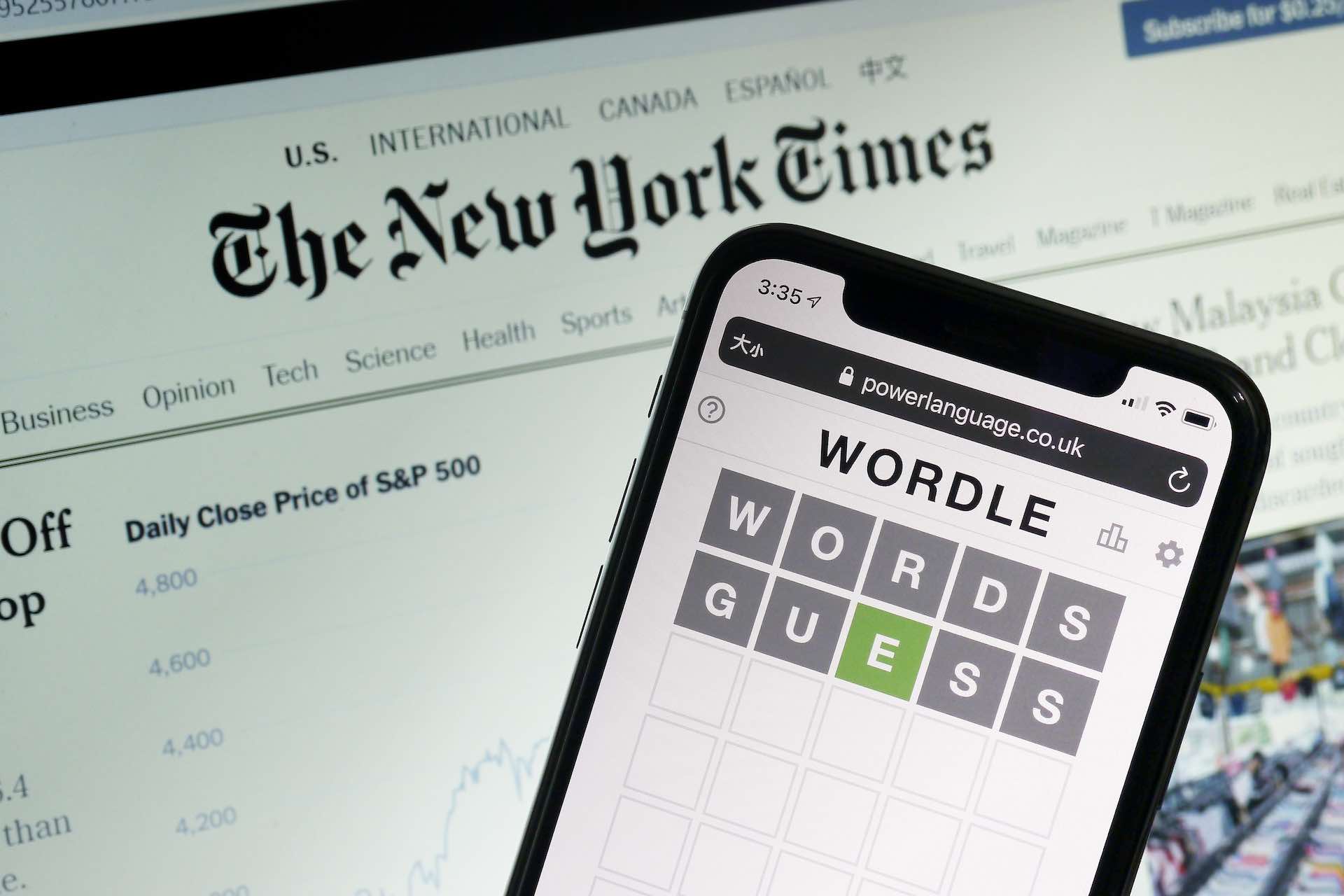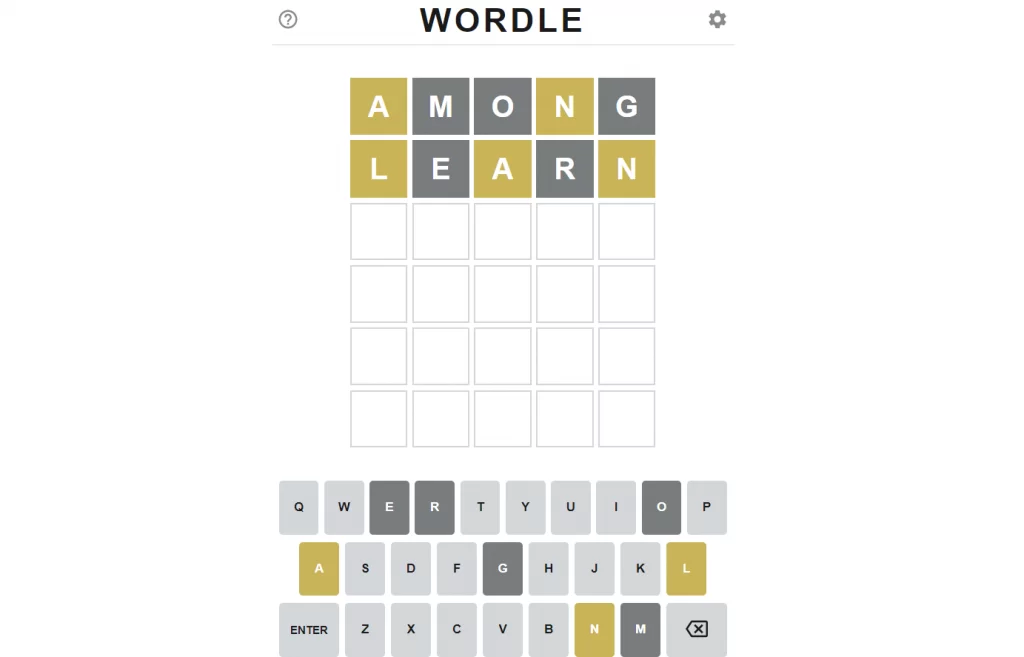
Will the purchase of wordle by The New York Times was it worth it? At least in the short term, it seems so – and a lot. This Wednesday (4) the North American newspaper revealed that it gained “tens of millions” of new users in the first quarter of 2022 thanks to the word search game acquired by the company earlier this year for more than US$ 1 million.
And the growth came in a strong quarter, in which the Times gained 387,000 new digital subscribers to the periodical. Thus, the newspaper reports a jump to 9.1 million subscribers, with a 26% increase in net revenue in the period.
Image: Spenser Sembrat on Unsplash
The gain in users is justified, after all, The New York Times bet on the right: it bought an extremely popular game at the height of its success. What remains to be seen is whether the purchase will be justified in the long run – will it still be worth it?
Understanding the Wordle phenomenon
Created in 2013 by software engineer Josh Wardle (not to be confused), Wordle is a kind of updated hangman that has become a veritable internet “fever”.
The project resumed in 2020, but was only made available to the public in November last year, accumulating more than 300,000 daily players in less than three months.
As it is a word guessing mini-game, “Wordle” is derived from the word “word”. However, it is easy to notice the similarity with the author’s last name and the fact that the title has five letters is consistent with the rules of the game.
How does Wordle work?
The game is very similar to the Brazilian gallows, but in the English version: the player has five attempts to hit “the word of the day”. Daily, the site releases a new word (all made up of five letters) and players can participate in the round only once a day.
To try to get the word right, you have to “kick” a word that exists — it’s not worth just writing five random letters. At each attempt, the frames are colored green, gray and yellow. Each of them has a meaning:
- Grey: the color indicates that the letter is not part of the word;
- Yellow: the color indicates that the letter is part of the word, but not in the correct position;
- Green: the color indicates that the letter is in the right position of the word.

Image: Playback/Wordle
Then you have to rely on luck and knowledge of English to try to decipher the word. The good news is that Wordle’s interface makes it clear which letters are not part of the word and which ones are, making life easier for gamers.
What is the reason for such success?
It is difficult to pinpoint the real reason for such success. The Brazilian gallows, for example, is very similar and has been around for a long time, but has not been so widespread these days. Still, there are a few factors that can help explain adherence to the game globally.
The first is that Wordle doesn’t need to be downloaded — beware of scams. It works directly from the browser, ie click and play. Also, there are no annoying ads to interrupt or pollute the game’s interface, which is a very positive point.
The fact that the player can only play once a day also makes the game a little boring. The results are also easily shareable, which generates more audience engagement and ends up promoting a real global challenge among players. (Xanax)
The downside is that, unfortunately, the words are all in English, which can limit the scope of the game. But the good news is that the game has already won a Portuguese version called Termooo, which can be accessed through from this link.



